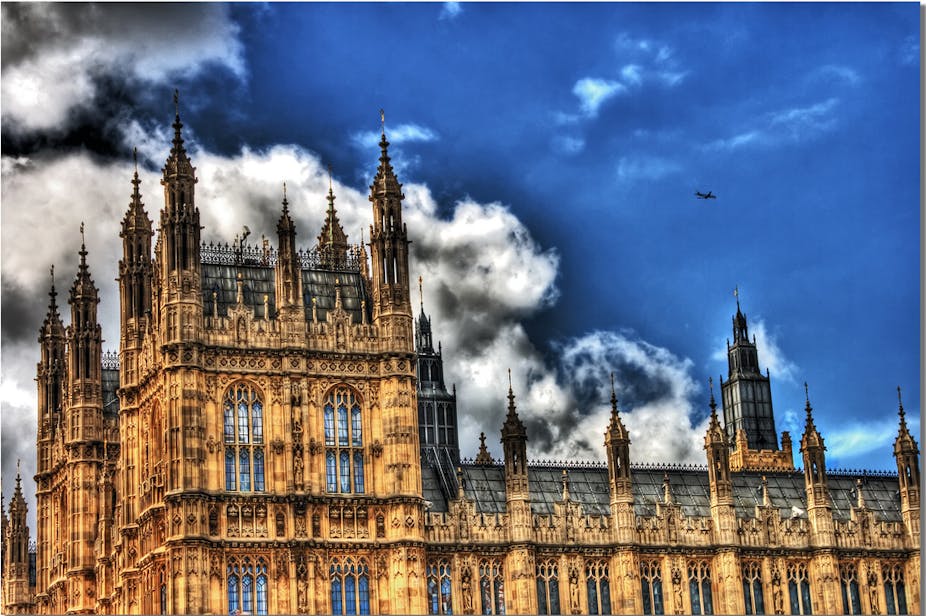Even before its second reading in the House of Lords, Lord Falconer’s assisted dying bill has been stirring up controversy. High level support for the bill from important religious leaders such as former archbishops George Carey and Desmond Tutu, as well as some prominent members of the medical profession, hasn’t prevented fear that opponents of the bill will attempt to destroy it by “tabling a wrecking amendment”.
Attracting growing support, the bill is going in the right direction. But not far enough. While it allows those who are terminally ill more control over their death, it would not benefit individuals like Tony Nicklinson who experience immense suffering without being terminally ill, and who do not have the physical ability to end their lives without assistance. Indeed it was Nicklinson’s case that was instrumental for changing Carey’s mind on the bill.
The assisted dying bill allows medical professionals to assist a person with their suicide but not to actively end their life. So a doctor would be able to provide the relevant medication but not administer a lethal injection. The bill also limits the proposed liberalisation of current legal prohibitions to individuals who are terminally ill with a life expectancy of no more than six months.
However, speaking on Nicklinson’s case earlier this month, Supreme Court president Lord Neuberger rightly questioned the justification for excluding individuals who are not terminally ill from the provisions for assisted dying as they might face a much longer period of suffering.
Without wanting to suggest that the Dutch system provides a solution that should be uncritically adopted in England and Wales, a look to the Netherlands might nevertheless be of interest here. Dutch law does not limit assisted dying to the terminally ill, but rather makes it available to those who experience suffering that they subjectively regard as unbearable and that physicians regard as incurable. This would make it possible for society and the medical profession to show compassion when faced with the plight of individuals such as Nicklinson, and would provide such individuals with more control over their life and death.
No matter how broad or narrow the group of individuals to be included in any proposed reforms on assisted dying, one of the main problems is that of how to put in place adequate safeguards to protect the vulnerable from abuse. The assisted dying bill puts strict safeguards in place, and studies have shown that in countries that have legalised some forms of assisted dying, including Oregon, the Netherlands, and Belgium, safeguards do effectively address problems such as the voluntariness of the decision and the capacity of the person making the decision to request assistance with their suicide.
It is also worth noting that currently assisted dying largely takes place in this country without any safeguards other than reviews after the event by the director of public prosecutions on whether in any given case of assisted suicide a public interest in prosecution exists. The bill would significantly increase the safeguards in this area. The judiciary has said the issue of assisted dying is a matter for parliament not the courts and that time has come. But while the bill doesn’t go far enough, it is a start.

